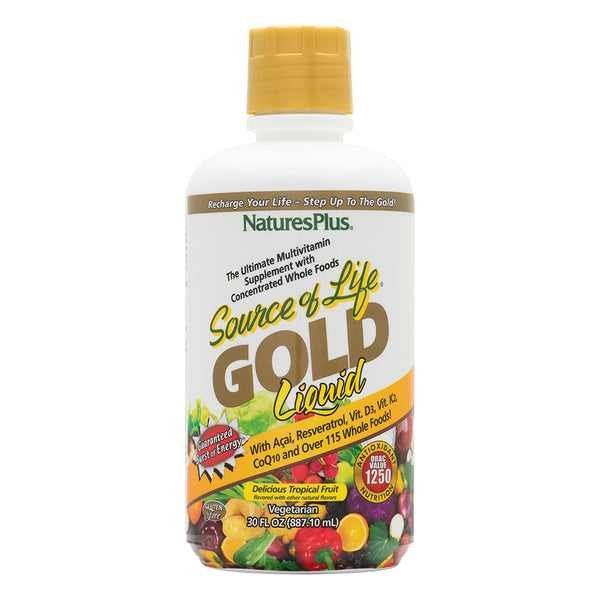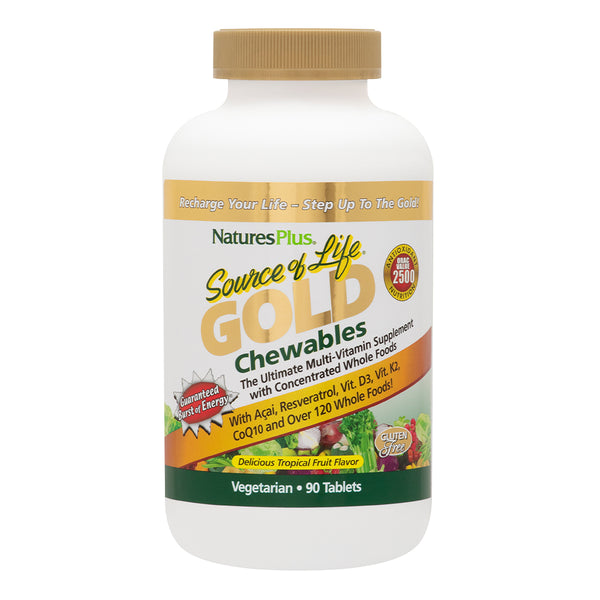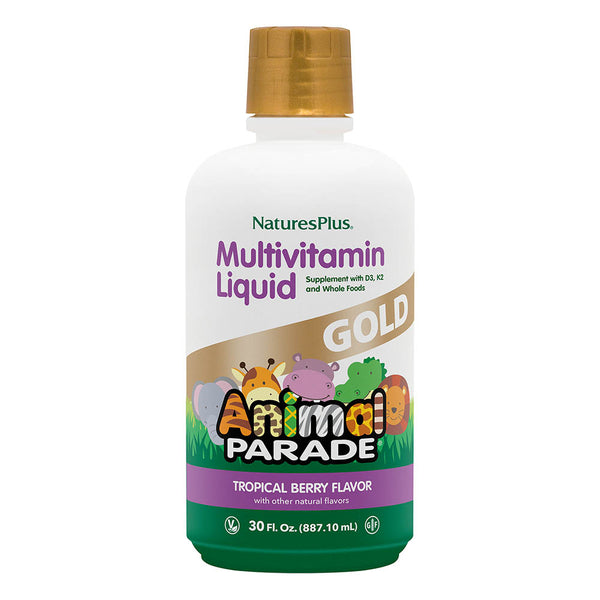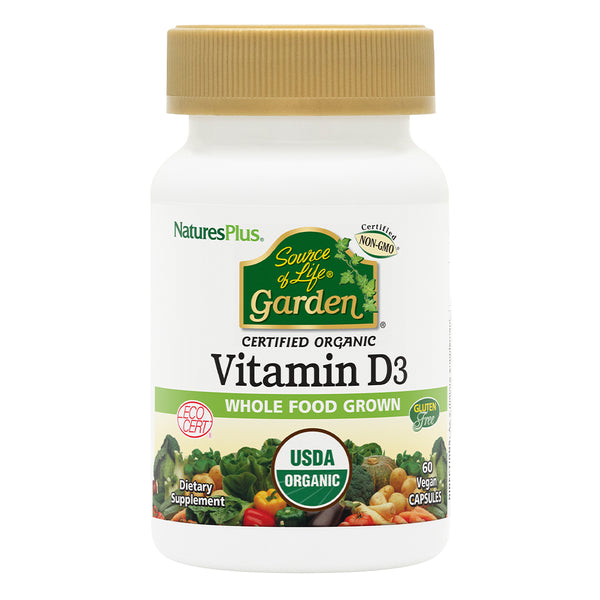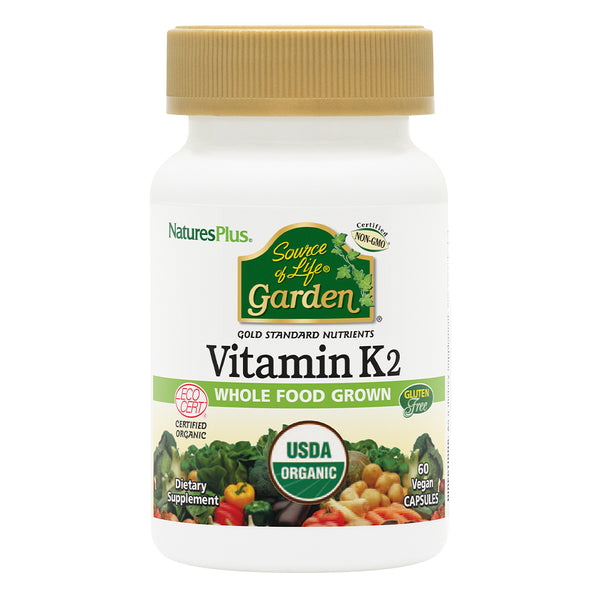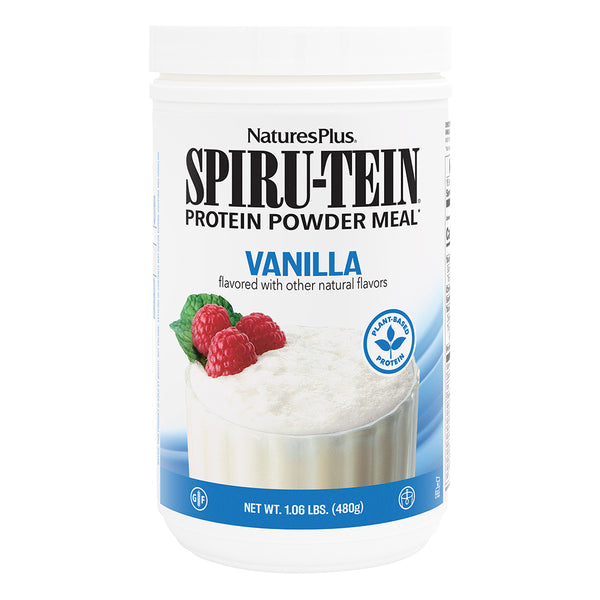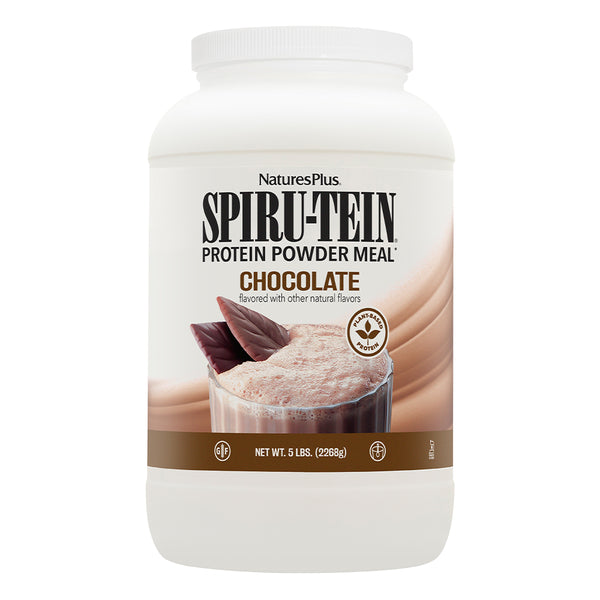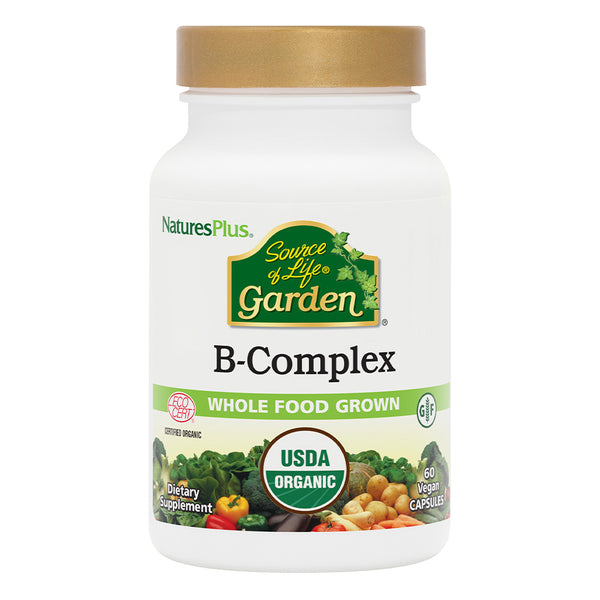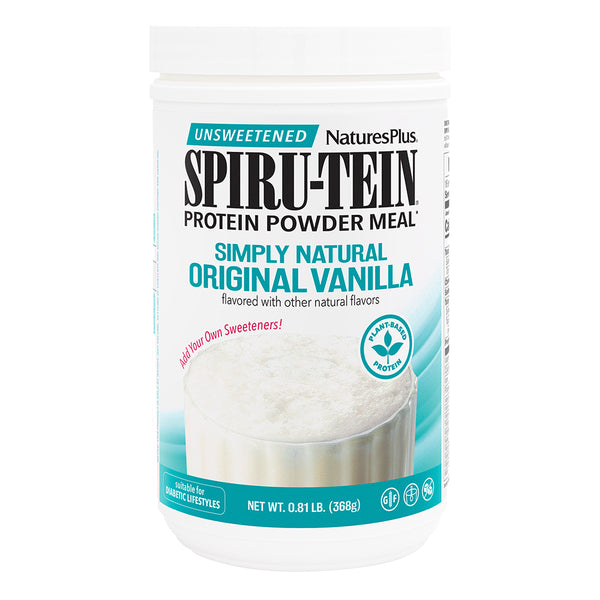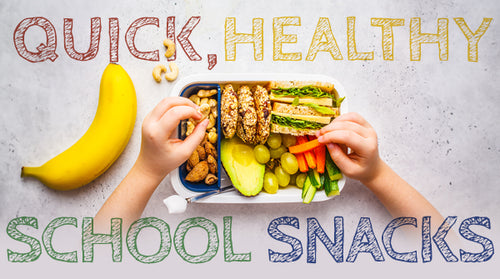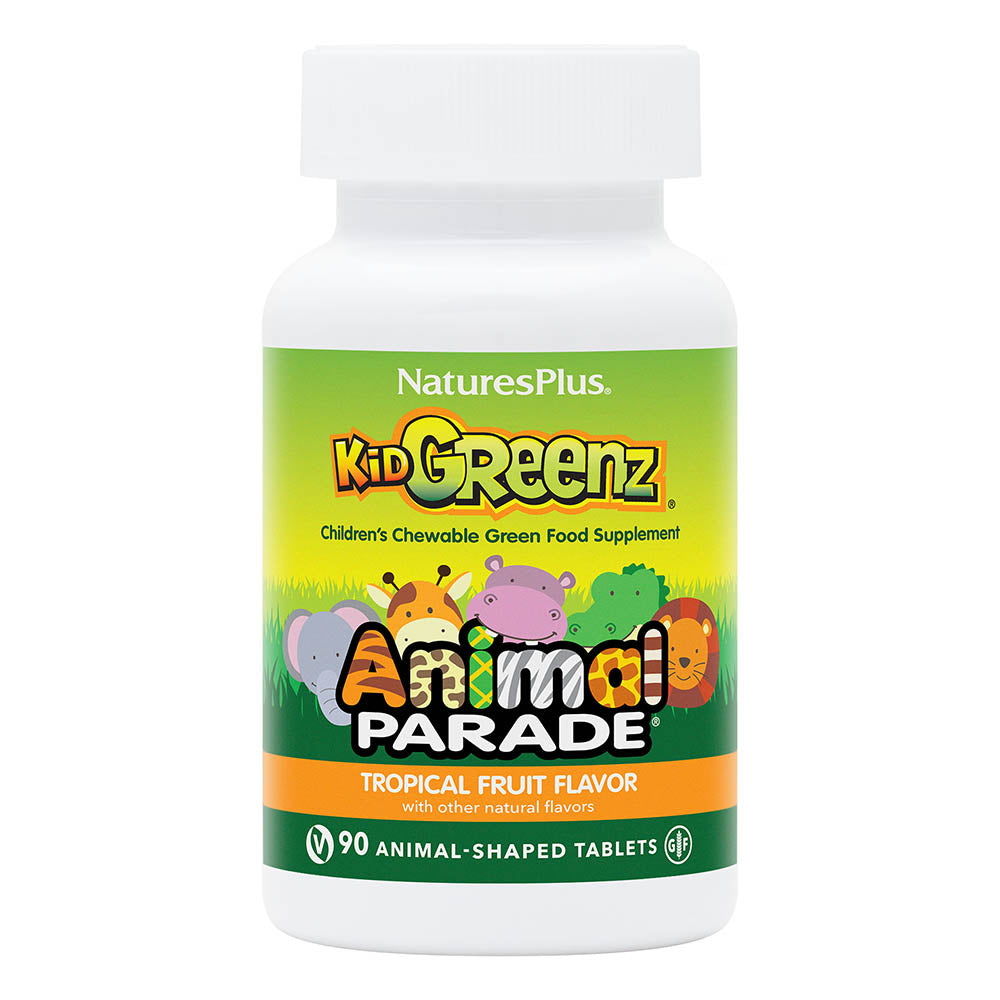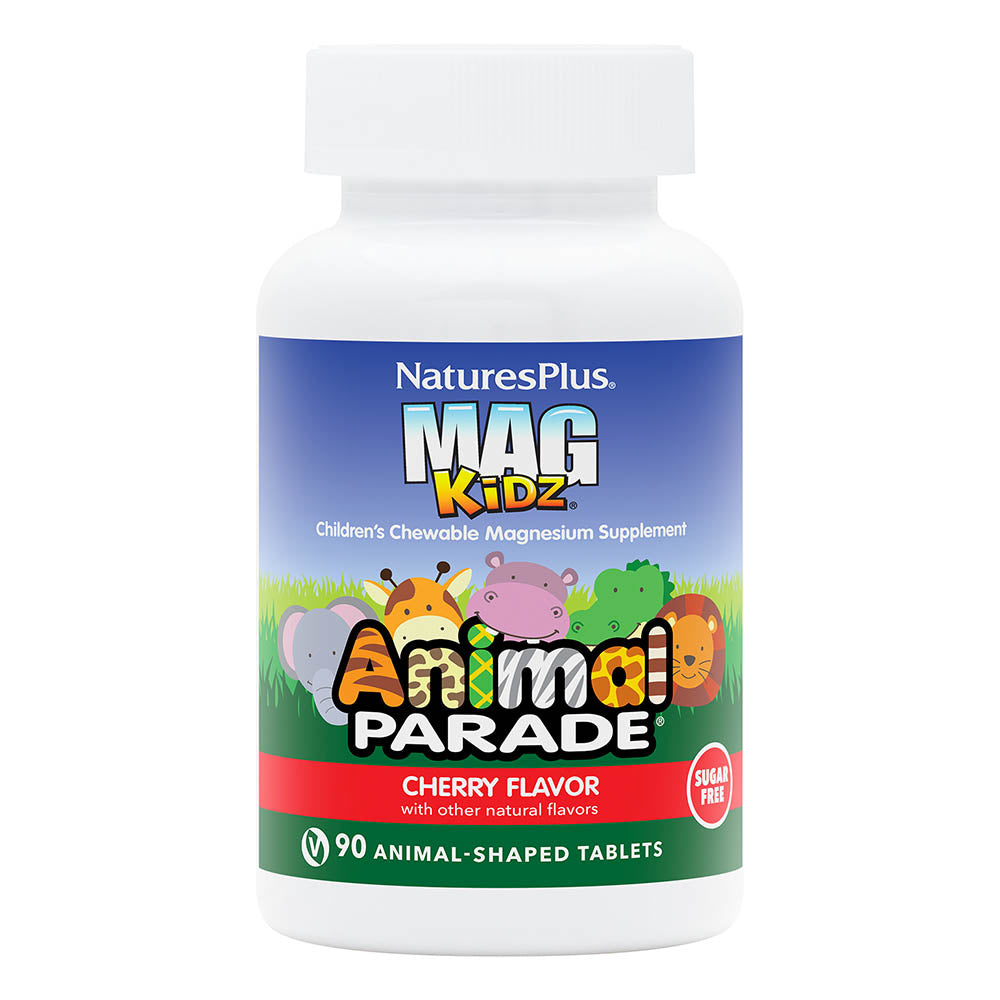You know the importance of getting a toddler to eat vegetables early on, at the stage when flavor preferences are being formed.
The nutrients contained in veggies are crucial now, while your child is still growing and developing. What's more, getting into the habit of eating a variety of colorful produce will help set your child up for optimal health later in life.
But your average kid is probably not feeling it.
That means helping your child develop a taste for veggies is up to you.
"It can take some extra effort on the part of parents to prepare healthy meals for children," says vegan recipe developer Julia Ott. "But when parents take the time to do it, they will ensure their kids get all the proper nutrients."
Here are nine ways to introduce vegetables to your little one.
Let Them Sample a New Vegetable—Then Keep Trying
When introducing a new vegetable, ask your child to simply taste it with her tongue, and then encourage her to take a small bite. Assure her that you'll allow her to spit it out into a napkin if she doesn't like it. Praise her for trying it. And even if the response is yuck, don't give up. Try reintroducing the veggie in future meals, but in different forms: warmed up versus cold, cut into different shapes, roasted instead of steamed, etc.
Offer Food Options
Give your child vegetable choices at every meal. This may be a couple of baby carrots, a few broccoli florets or several slices of red bell peppers, cucumbers or squash. Asking
Experiment with Different Textures
Your child might not enjoy cooked green beans but might love them fresh and crisp. If fresh carrots are too crunchy, try offering them steamed.
Serve Vegetables with Dip
Kids love finger foods, so veggies-and-dip is a natural. Try fruit salsa, guacamole, hummus, nut butter, pesto, ranch dressing and yogurt-based dips. Switch up the choices at different meals, and give your child more ownership over his eating habits by offering two options: Do you want hummus or almond butter tonight?
Use Vegetables in Dishes Your Child Enjoys
One way to encourage acceptance is to pair a new food with an old favorite. Add veggies to dishes your kids already like, like tacos, pizza or spaghetti. "Filling tacos with beans and roasted vegetables can be a fun way for kids to try a new vegetable," says Jessica Ivey, RDN. Another nutritionist, Colene Stoernell, RDN, agrees. "I often recommend adding in zucchini noodles into the pasta mix, using cauliflower as pizza crust, rice or as mashed potatoes, adding shredded carrots and chopped spinach to pizza and sauces, and using veggies as fries," Stoernell says.
Sneak Veggies In When Your Child's Not Looking
Of course, you don't always have to make a new vegetable obvious to start. One of the easiest ways to incorporate veggies into a recipe is to juice them and add the juice to soups, stews and other dishes. You can also puree cauliflower or yellow squash and add it to mac-and-cheese or mashed potatoes and use white-bean puree for some of the butter in cookie recipes (or even add a package of pureed frozen spinach, thawed and drained, to brownie mix). Add shredded beets, carrots or zucchini to burgers and meatballs; carrot and zucchini shreds can also be baked into breads and muffins.
Take Them Food Shopping
To really inspire your children, take them food shopping so they can help pick out vegetables; if possible, schedule a farm trip so they understand how their food is grown. "Learning about where food comes from connects children with what they eat," says Arielle Dani Lebovitz, RDN, who blogs at Experience Delicious. Empowering kids with knowledge to pick the perfectly ripe XX (you can fill in the blank!) is exciting.
Let Older Kids Help You Cook
That doesn't just mean setting the table, either. Let them pour water into a pot for soup or help put together a casserole. As they grow in dexterity and confidence (and age), judge when you can let them chop and dice (after a quick tutorial on proper technique and knife safety, of course).
Most Importantly, Eat Veggies Yourself
Allow your children to see you enjoying fresh carrots, roasted beets and cucumber salad on a regular basis. You can't expect kids to eat vegetables if you don't eat them.
Like this article? You’ll love our weekly newsletter
sign up here!
**These statements have not been evaluated by the Food and Drug Administration. This product is not intended to diagnose, treat, cure or prevent any disease.






